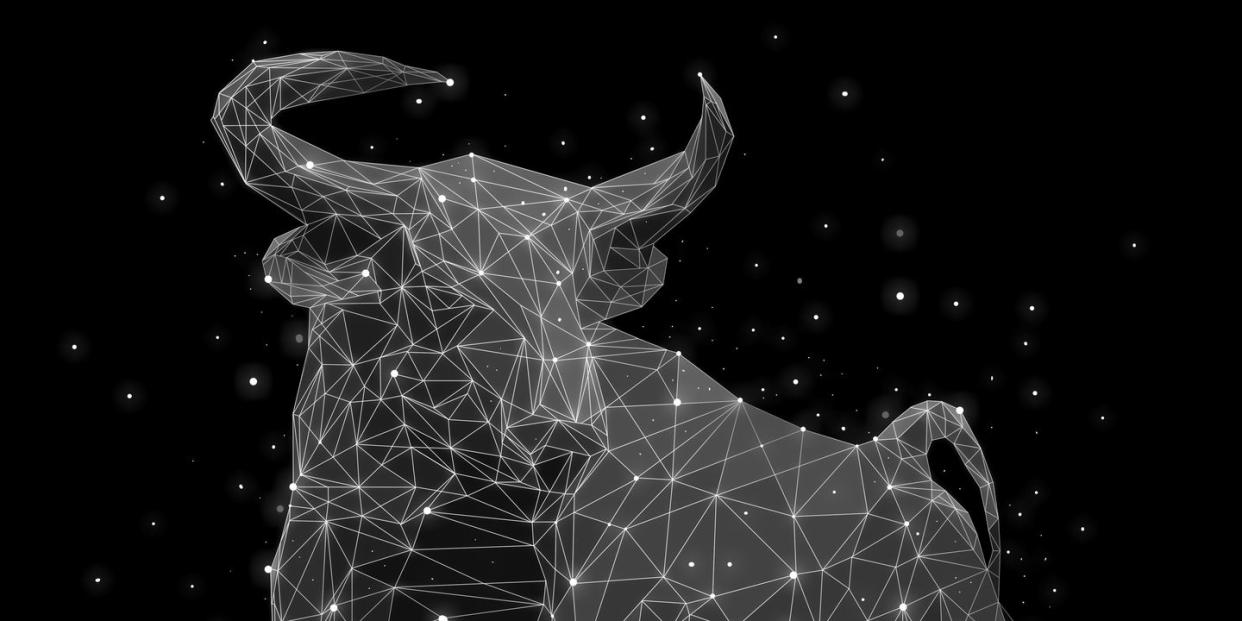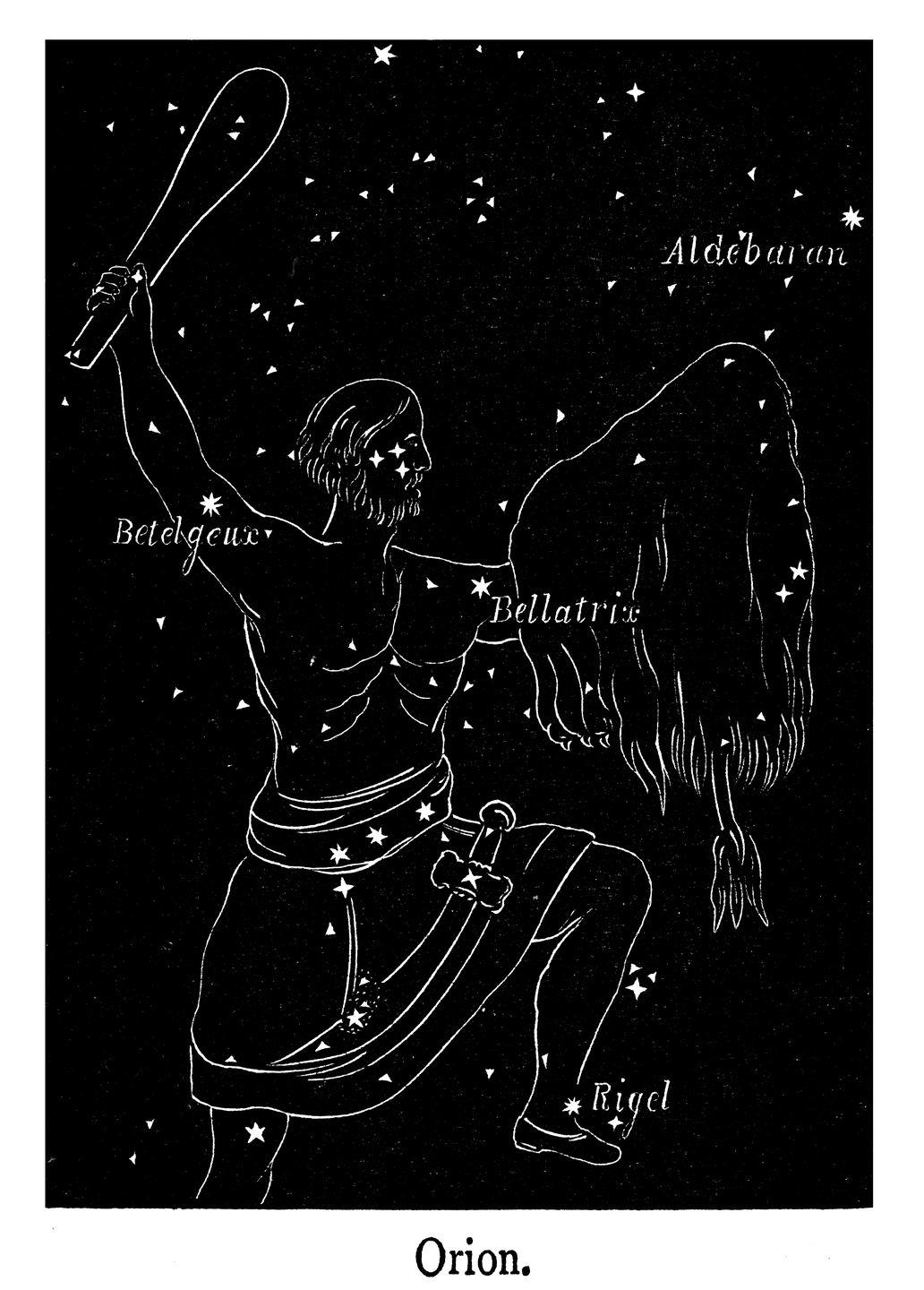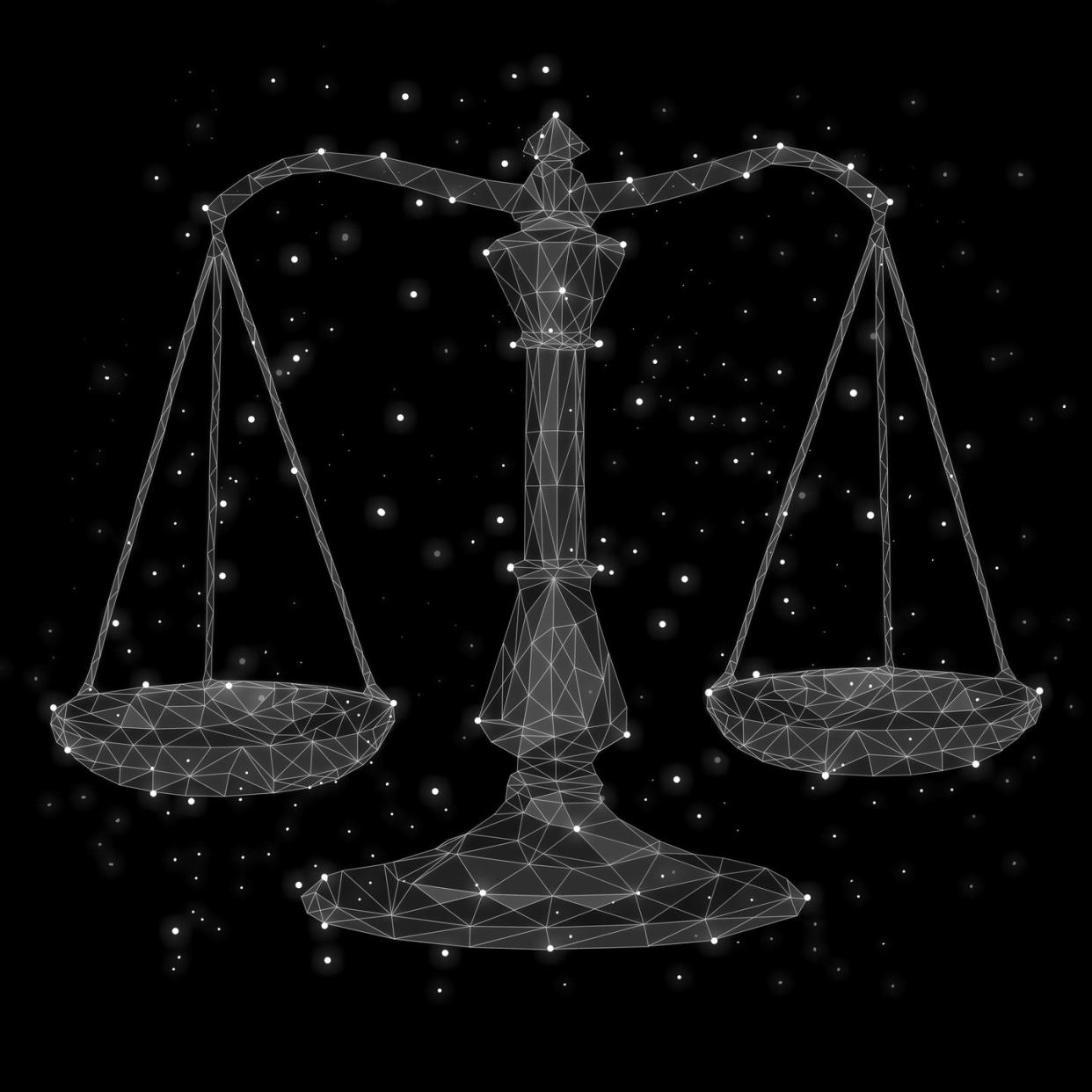Every Major Constellation Name, From Andromeda to Virgo

Over half of the 88 official constellation names are attributed to the ancient Greeks.
The International Astronomical Union governs the naming of these star-formed “patterns.”
The first known depiction of a constellation, Taurus, is believed to be 17,000 years old.
Thank the ancient Greeks for giving us the majority of our official 88 constellation names recognized by the International Astronomical Union (IAU). But that doesn’t mean plenty of other astronomy-loving folks haven’t contributed to the naming of the “patterns” lighting up our night sky.
The concept of a constellation, a grouping of stars forming a pattern, has likely been in place ever since humans first gazed up into the night. The first depiction of a constellation that we know of—what we now call Taurus, the bull—comes from astronomical markings painted on the walls in the Lascaux cave system in Southern France, believed to be more than 17,000 years old.
Civilizations across the globe had been marking constellations for centuries and the Greeks worked to consolidate works from ancient Babylonian, Egyptian, and Assyrian astronomers. The Greek-based Claudius Ptolemy’s Almagest compiles the first 48 “modern” constellations together for us. But let’s not get too carried away in crediting all the constellation naming to the Greeks. Ptolemy worked to unite names that already existed and then European astronomers and celestial cartographers added to the recognized list, starting in the 16th and 17th centuries.
As the listings grew—some being considered recent discoveries because their locations meant they were only seen from certain parts of Earth—each of the official 88 constellation received its own set of boundaries to better help identify individual stars.
The names themselves all come from Latin (during an IAU meeting in Rome in 1922, each constellation also gained a three-letter abbreviation). The constellation names usually came from the astronomers who identified the patterns based on what the shape reminded them of, typically a Greek or Roman mythical god, hero, or animal.
While many of the constellation names were tied, at least loosely, to the form of their namesake, others have a more layered meaning. For example, Polish astronomer Johannes Hevelius says he named a constellation after a lynx because he wanted a cat-like animal and without bright stars in the constellation, he opted for a cat with keen eyesight.
Some of the original well-known early constellations, many of the ones chronicled by Ptolemy, followed the mythology and animal worlds. Within the non-mythology-animal category, a few of the key names feature items related to telescopes and astronomy, while a few others highlight inventions.
Mythology

The Greek constellation names don’t stray far from ancient Greek mythology. No less than 20 of the 88 names have a strong tie to mythology and even many of the animals also tie in mythology. Some of the most well-known constellations fall under this category, such as Hercules, Orion (the hunter), and the water-bearer constellation Aquarius. Of course, a few others straddle the mythology-animal line, such as Pegasus—you know, the winged horse—and Draco the dragon. There are also three constellations tied directly to the mythical ship Argo Navis.
Andromeda (the chained maiden)
Aquarius, the water bearer
Ara, the altar
Auriga, the charioteer
Bootes, the herdsman
Carina, the keel of the ship Argo Navis
Cassiopeia, the queen
Centaurus, the centaur
Cepheus, the king
Coma Berenices, Berenice’s hair
Corona Australis, the southern crown
Corona Borealis, the northern crown
Draco, the dragon
Gemini, the twins
Hercules
Hydra, the water serpent
Hydrus, the water snake
Monoceros, the unicorn
Ophiuchus, the serpent bearer
Orion, the hunter
Pegasus, the winged horse
Perseus
Phoenix, the firebird
Puppis, the stern of Argo Navis ship
Sagittarius, the archer
Vela, the sails of Argo Navis
Virgo, the maiden
Animals

Easily the most common category for constellation names, you can expect to find a little bit of everything here, from Lacerta (the lizard) to Camelopardalis (the giraffe) and the more basic Delphinus (the dolphin) and Canis Major (the great dog). Taurus (the bull) is considered the oldest constellation name thanks to those French caves.
Animals were a key part of the original group of ancient names because so many tie back to mythology. They were also prominently used by Dutch-Flemish astronomer Petrus Plancius in the 1590s and Hevelius in the 17th century. While you can get dolphins and flying fish, great and small dogs, a whale, swan, crane, crab, and even a bird of paradise, there’s no shortage of dogs and cat-like creatures, too.
Apus, the bird of paradise
Aquila, the eagle
Aries, the ram
Camelopardalis, the giraffe
Cancer, the crab
Canes Venatici, the hunting dogs
Canis Major, the great dog
Canis Minor, the small dog
Capricornus, the horned goat
Cetus, the whale
Chamaeleon, the chameleon
Columba, the dove
Corvus, the crow
Cygnus, the swan
Delphinus, the dolphin
Dorado, the dolphinfish
Equuleus, the little horse
Grus, the crane
Lacerta, the lizard
Leo, the lion
Leo Minor, the little lion
Lepus, the hare
Lupus, the wolf
Lynx, the lynx
Musca, the fly
Pavo, the peacock
Pisces, the fish
Piscis Austrinus, the southern fish
Scorpius, the scorpion
Serpens, the serpent
Taurus, the bull
Tucana, the toucan
Ursa Major, the great bear
Ursa Minor, the small bear
Volans, the flying fish
Vulpecula, the little fox
Other Sources

From ties to scientific instruments to a bit of nature—we’ve got a river and a mountain, of course—the catch-all category has a little bit of extra intrigue. Some of the more interesting names in this group, such as Antlia (the air pump), Fornax (the furnace) and Horologium (the pendulum clock) come from French astronomer Nicolas-Louis de Lacaille in the 18thcentury and his fascination with science. Of course, there’s also a painter’s easel, a chisel, and a microscope.
Antlia, named after the French air pump
Caelum, the chisel
Circinus, the drafting compass
Crater, the cup (chalice)
Crux, the Southern Cross
Eridanus, the river
Fornax, the furnace
Horologium, the pendulum clock
Indus, the Indian
Libra, the scales
Lyra, the harp
Mensa, table mountain
Microscopium, the microscope
Norma, the level
Octans, the octant
Pictor, the painter’s easel
Pyxis, the compass
Reticulum, the reticle (from a telescope)
Sagitta, the arrow
Sculptor, the sculptor and his studio
Scutum, the shield
Sextans, the sextant
Telescopium, the telescope
Triangulum, the triangle
Triangulum Australe, the southern triangle
You Might Also Like
